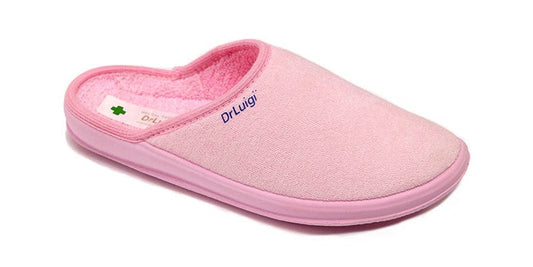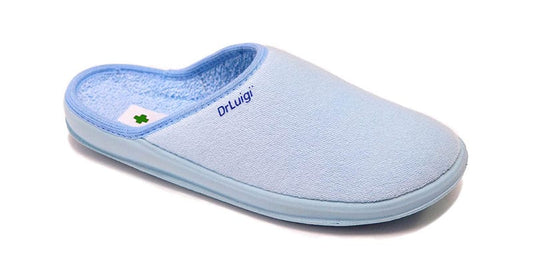Meniscus tears rank among the most frequent knee injuries. Predominantly, athletes, especially those engaged in contact sports, find themselves vulnerable to such tears. However, it's crucial to understand that the meniscus can be torn by individuals of any age. When people refer to torn knee cartilage, they're typically alluding to a torn meniscus.
Anatomy
The knee joint comprises two primary bones: the femur and the tibia. The kneecap (patella) sits in front of the joint, offering protection. Positioned between the femur and tibia are two wedge-shaped fibrocartilage pieces, known as the menisci. These act as shock absorbers, facilitating weight transfer between the bones and ensuring knee stability.
Description
The meniscus can tear due to sudden trauma or degenerative changes over time. Tears vary in appearance and location within the meniscus, with bucket handle, flap, and radial tears being the most prevalent. Notably, sports-related meniscus injuries often coincide with other knee issues, like anterior cruciate ligament (ACL) tears.
Cause
Acute meniscus tears are frequent in sports, resulting from both contact and non-contact incidents, such as rotating or cutting movements. As one ages, degenerative meniscus tears become more common, with even a simple twist while rising from a chair potentially causing a tear in older tissue.
Symptoms
A torn meniscus might produce a popping sound. While many can still walk on the injured knee and some athletes continue playing, the knee typically becomes stiffer and swells over the subsequent 2 to 3 days.
Examination by a Doctor
During a physical examination, after discussing symptoms and medical history, the doctor will assess tenderness at the joint line, where the meniscus is located. The McMurray test, which involves bending, straightening, and rotating the knee, is commonly used to detect meniscus injuries. If a tear is present, this movement might cause pain or a clicking sensation.
Imaging Exams
To confirm the diagnosis, your doctor might order imaging tests, as other knee conditions can mimic the symptoms of a meniscus tear. X-rays, which capture images of dense structures like bones, might be used to rule out other causes of knee pain. MRI scans, on the other hand, evaluate the knee's soft tissues.
Treatment
Treatment recommendations depend on various factors, including age, symptoms, activity level, and the tear's type, size, and location. While many meniscus tears don't require immediate surgery, those that don't respond to conservative treatments might need surgical intervention.
Nonsurgical Therapy
For many sports-related injuries, the RICE protocol (Rest, Ice, Compression, Elevation) proves beneficial. It involves resting the injured area, applying cold packs, wearing compression bandages, and elevating the leg.
Recovery
Meniscus tears are common, but with the right approach, patients can return to their pre-injury activities. Proper footwear, such as DrLuigi medical shoes, combined with accurate diagnosis, treatment, and rehabilitation, can significantly aid recovery.




